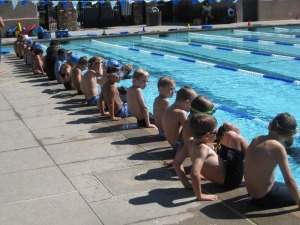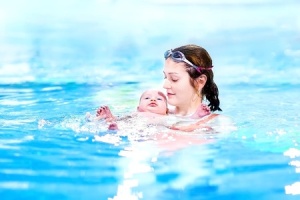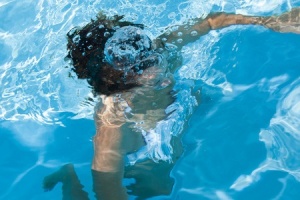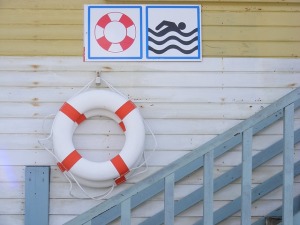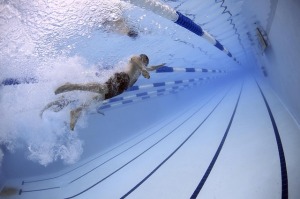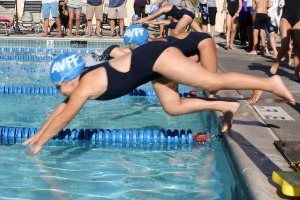
Many studies show the immediate benefits of learning to swim early in childhood. Additionally, the benefits of childhood swimming can be carried throughout each swimmer’s life.
Here are just some of the lifelong benefits of childhood swim lessons:
Water Safety
According to the CDC, about two children under the age of 14 die from unintentional drowning each day in the United States. In our country, drowning ranks fifth on the list of unintentional injury deaths. Teaching children to swim, educating them on how to behave around water, and helping them develop a comfort in the water will significantly reduce your child’s risk of becoming a drowning statistic.
Low-Impact Sport
While no one can claim that swimming injuries do not occur, the low-impact nature of swimming is gentler on the joints and gives children’s growing bodies a break from the harsh, high-impact effects of running-related sports. Additionally, if injuries do occur, swimming offers more options for remaining active during recovery. For instance, if an individual suffers from a shoulder injury, they can still perform kicking exercises or sidestroke on the uninjured side without experiencing any jarring motions to disrupt the healing process.
Teamwork And Individuality
Swim teams provide the unique developmental benefit of teaching teamwork while supporting the individual’s sense of self. Nearly all team sports aim to develop a deeper understanding of trust, cooperation, respect, and cooperation; swim teams do the same. However, swim teammates also must develop their own self-motivation and individualized perseverance. After all, while they experience the team atmosphere outside of the pool, in the pool they are focused solely on their own performance.
Goal Setting And Achievement
In many swim circumstances, each individual swimmer is setting his or her goals and working to achieve them. They are making decisions for themselves, improving their skills, and practicing goal-oriented training. This is a life skill that has relevance through every aspect of adulthood.
Exercise For Life
As we age, many of us begin to give up our preferred sports, such as running, for exercises that are kinder to our bodies. Not only do pool sports have a lower risk of serious injury that can haunt the athlete later in life (think of those often discussed old football injuries), but also swimming can decrease disability in older adults by allowing them to weightlessly exercise and move their joints.
Swimming is an activity that can bring lifelong joy to an individual and increase his or her wellbeing throughout life. Premier Aquatics Services is currently enrolling all age group in our fall swim programs. Click here to learn more about the Premier Aquatic’s year-round swim lesson programs.
Sign up for our Newsletter to receive discounts on offseason lessons!



